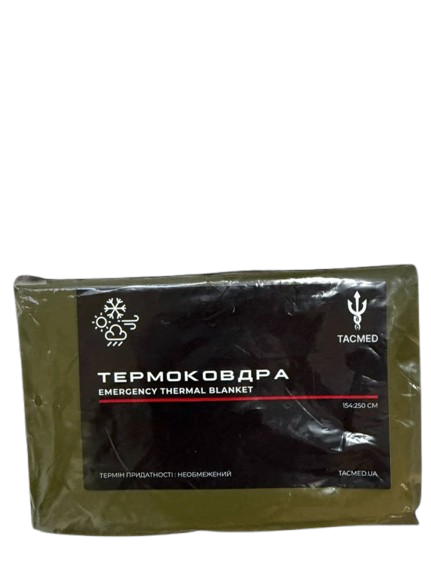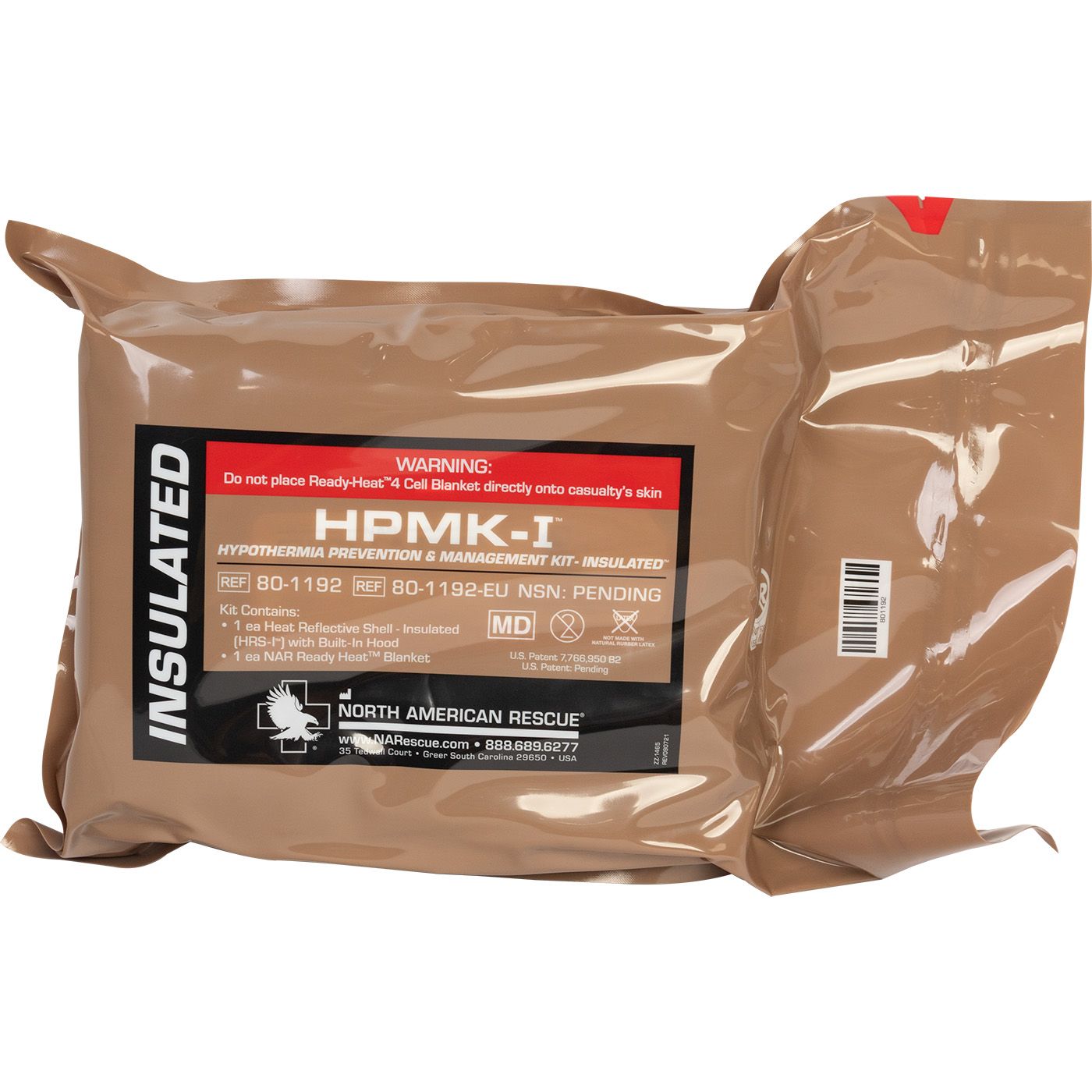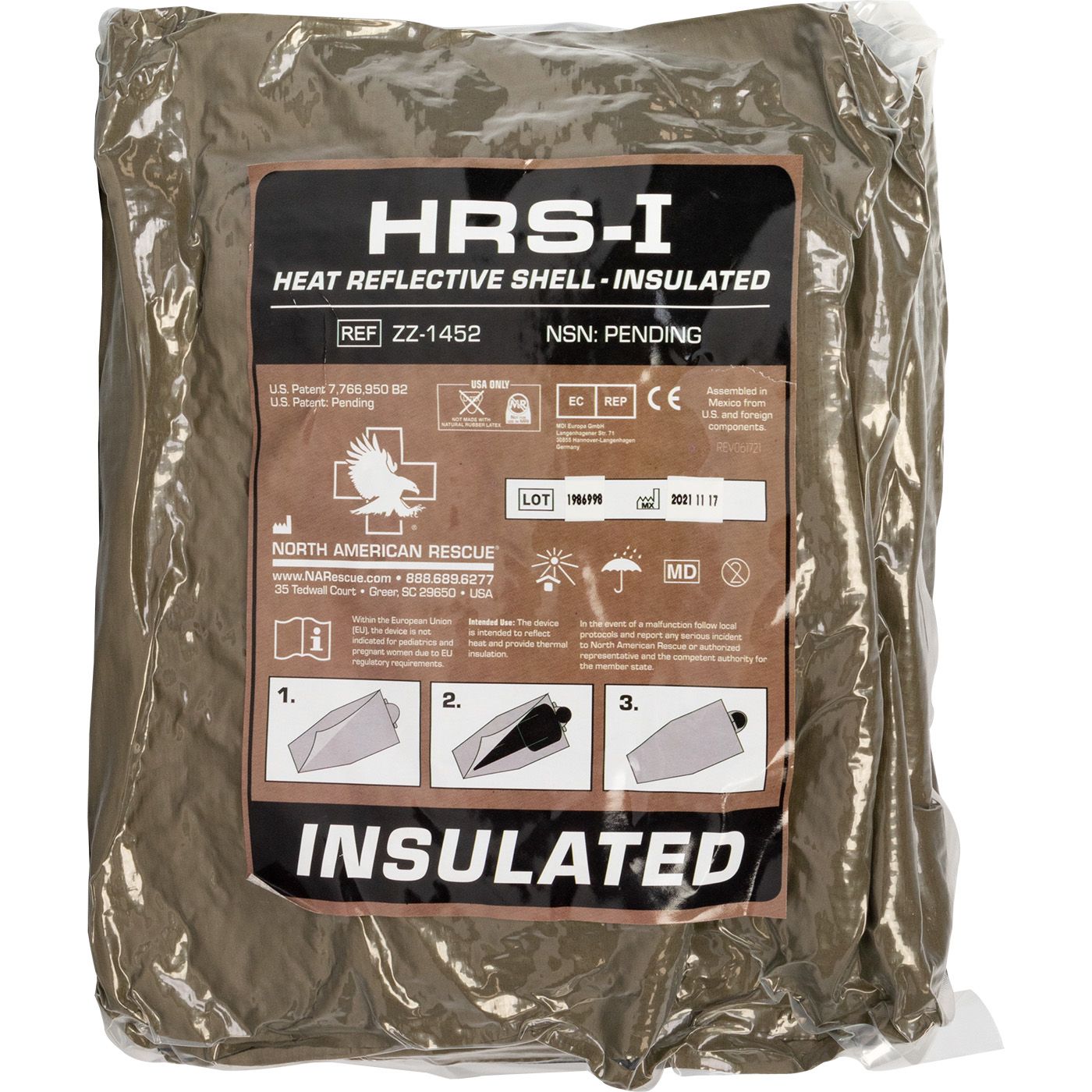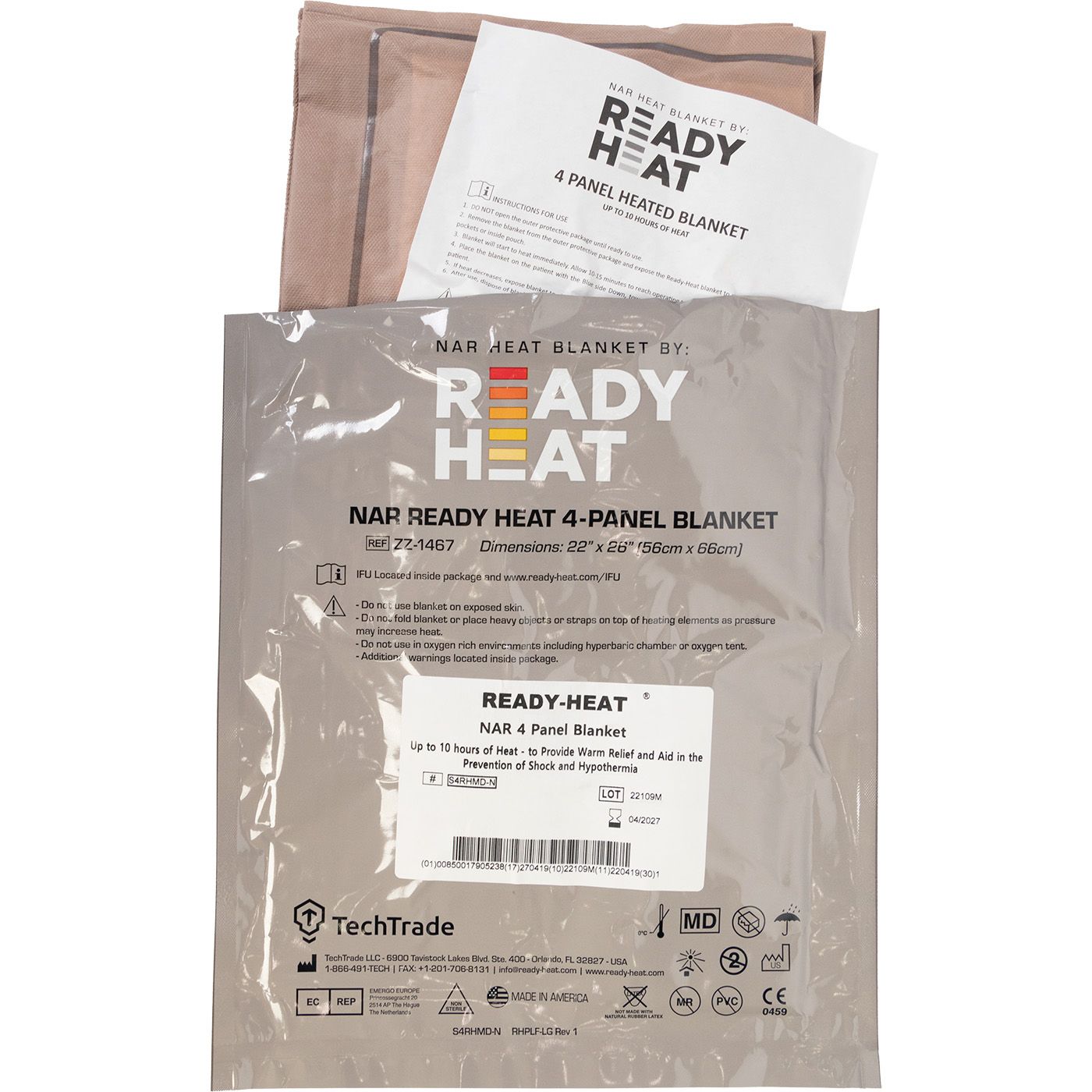How to Choose a Thermal Blanket: What to Select for Tactical First Aid Kits and Everyday Use
Content
- What Is a Thermal Blanket and Why Is It Needed?
- How to Choose the Right Thermal Blanket
- Determine How You Plan to Use the Thermal Blanket
- How to Use a Thermal Blanket Properly
- So, Which Thermal Blanket Should You Choose?
 A thermal blanket is an essential component of every first aid kit. It is necessary to retain body heat and prevent hypothermia — a condition that often occurs after injuries or in critical situations. Whether you are assembling a car first aid kit, a tactical backpack, a home emergency set, or a hiking kit, a properly selected isothermal blanket can save a life. Below, we will discuss how to choose a thermal blanket and what to pay attention to before purchasing one.
A thermal blanket is an essential component of every first aid kit. It is necessary to retain body heat and prevent hypothermia — a condition that often occurs after injuries or in critical situations. Whether you are assembling a car first aid kit, a tactical backpack, a home emergency set, or a hiking kit, a properly selected isothermal blanket can save a life. Below, we will discuss how to choose a thermal blanket and what to pay attention to before purchasing one.
What Is a Thermal Blanket and Why Is It Needed?
An isothermal (thermal) blanket is a thin polymer material coated with a specialized metallized layer. By reflecting thermal radiation, it allows the body to retain up to 90% of its heat.
These blankets are widely used by military personnel, medics, rescue teams, hikers, drivers, and civilians who want to have an effective first aid tool at hand. A thermal blanket can be used in cases of trauma or shock, during significant blood loss that increases the risk of cooling, as well as in situations of hypothermia or overcooling. They are also often used after rescuing a person from water. Every vehicle should contain an isothermal blanket, as it significantly reduces risks during unexpected winter emergencies.
How to Choose the Right Thermal Blanket
To choose a high-quality thermal blanket, it is important to consider several key parameters that determine its effectiveness and suitability for emergency use.
First, pay attention to the blanket’s size. It should be large enough to fully cover a person and allow the body to be wrapped tightly. The optimal sizes are 130×210 cm or 140×210 cm. It is better to choose a larger blanket that will work equally well for both adults and children.
Another important criterion is the density and durability of the material. The denser the material, the lower the risk that the blanket will tear during use in extreme conditions. A good thermal blanket should be resistant to tearing, not overly rigid (otherwise the material may crack in severe frost), and flexible enough for comfortable use.
Such a model cannot be extremely cheap. If you choose the cheapest option, be prepared for the blanket to tear during the very first use.
Most thermal blankets have two sides: silver and gold. Remember: for hypothermia — silver side inward, for overheating — silver side outward. Therefore, if you want a universal and reliable option, choose a double-sided blanket.
A high-quality thermal blanket weighs approximately 45–70 g. The more compactly it folds, the better it fits into first aid kits — especially tactical or automotive sets. Ideally, the packaging should be tightly sealed, protecting the blanket from dirt and moisture.
Most models offer a temperature range from -20°C to +50°C, but some tactical blankets can withstand even lower temperatures. If you need a blanket for mountain hiking or military conditions, pay close attention to its thermal resistance.
Determine How You Plan to Use the Thermal Blanket
Before buying a thermal blanket, you should clearly understand what you need it for. If you are looking for a blanket for a first aid kit, choose compact, durable, and universal models with two layers.
Larger, denser blankets are more suitable for cars. If you need one for military use, choose professional models with enhanced durability. For hiking and tourism, low weight and the ability to use the blanket as an improvised tarp, ground cover, or rain protection are important.
To avoid making the wrong choice, select thermal blankets from verified suppliers of tactical medical gear. Medical-grade products must be sterile, and the materials — safe and high-quality. Keep in mind that the market is full of cheap counterfeits that may fail at the most critical moment.
How to Use a Thermal Blanket Properly
Even a high-quality blanket will not be effective if used incorrectly. Let’s go over how to use a thermal blanket properly.
To prevent negative consequences, you must cover the injured person immediately after trauma or overcooling. Wrap them tightly, leaving only the face uncovered.
Do not cover wet clothing. It is better to remove it or add an additional insulating layer.
The blanket should not be wrapped too tightly — it is important to retain a thin air layer, which helps preserve body heat.
In field conditions, you can also use the blanket as protection from rain or wind.
So, Which Thermal Blanket Should You Choose?
To ensure the blanket can perform its intended functions, we recommend focusing on the following characteristics: its size and material density (both must be indicated on the packaging), the presence of a double-sided coating, and good durability combined with compactness. Such a thermal blanket is convenient to use in emergency situations — it unfolds quickly, does not tear in strong wind, and is suitable for most scenarios, from everyday emergencies to tactical environments.
You can also find several specialized types designed specifically for first aid kits, vehicles, or hiking.
A thermal blanket is an inexpensive yet extremely important element of any survival kit. It takes up very little space but can play a crucial role in preserving life and health.




